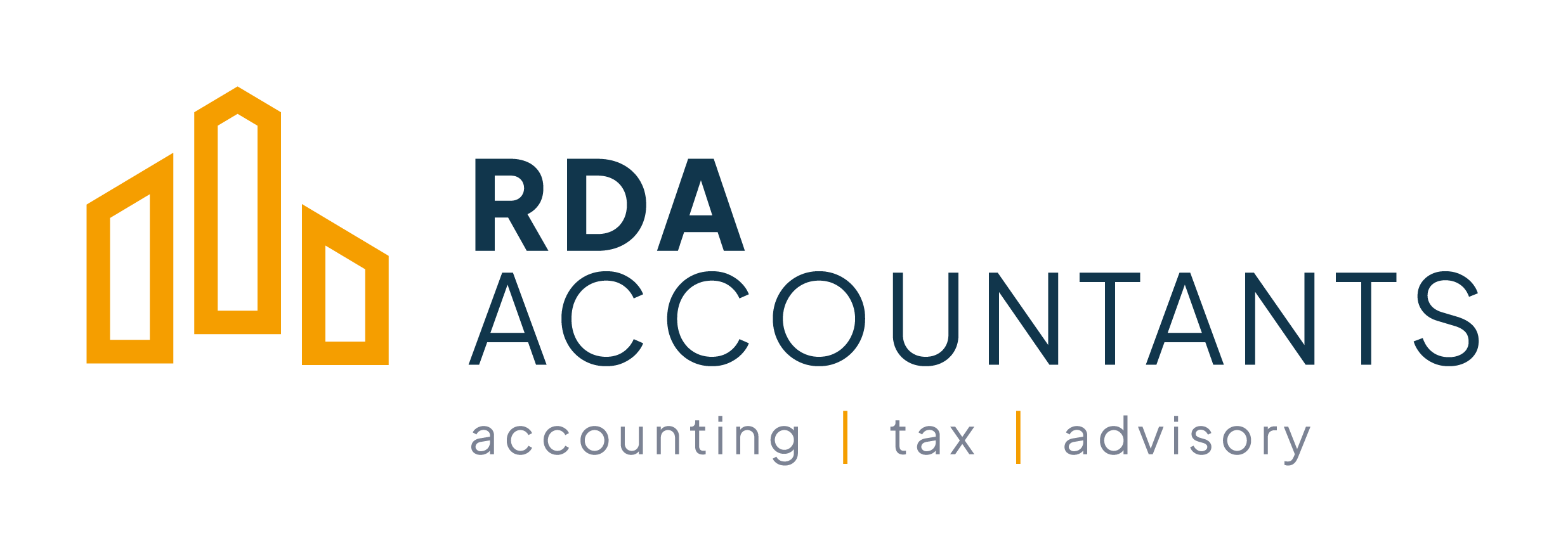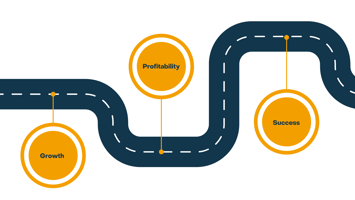If you’re running a business with a high annual revenue, you might feel the pressure to hire a...
I am considering alternative sources of finance for my business, can you explain what Invoice Discounting is?
In recent years the invoice finance industry has developed a jaded reputation amongst owners of small businesses for bad practice and opaque fee structures. Despite this many billions of pounds are advanced to businesses across Ireland every month.
A key reason for the strength of the invoice finance market is that businesses have increasingly limited options when it comes to financing cash flow. Traditionally businesses have used overdrafts for this purpose, but since the financial crisis banks have been reluctant to approve new overdraft lending.
Growing a small business into a medium sized business is particularly cash intensive; more staff, new equipment, customer acquisition and even office moves all need to be paid for before revenues start increasing. This can put ambitious companies with great prospects into a difficult position.
So what are the pitfalls to look out for with invoice finance?
Speed
The speed at which we conduct business today would have been unimaginable 20 years ago. Email enables instant international communication across a supply chain, social networks allow brands to reach out to their entire customer base with a few clicks of a mouse, and data and document sharing allows major projects to be completed much more quickly than was previously the case.
One thing that hasn’t changed is the time it takes a bank to approve an application for invoice finance - or any new business lending. Setting up a traditional invoice finance facility takes around four to six weeks including multiple office visits. If you’re looking for finance more quickly than this, don’t go to the bank.
Fees
The true cost of traditional invoice finance can be almost impossible to fathom. Standard invoice finance contracts contain between 35 and 40 different charges you could face. Because invoice finance isn’t regulated in Ireland, providers aren’t required to meet minimum standards of clarity in how they communicate their charges. Businesses can find themselves surprised at how quickly the different fees mount up. Sometimes these fees are labelled disbursements.
Contractual lock-ins
Traditional invoice finance providers will tie you into a long contract - usually between 12 and 18 months. This may prevent you from accessing other forms of finance for the duration of the contract. One of the many applicable fees mentioned above is a break clause fee - where you will be charged for terminating the contract early, this fee can run into six figures. If you want flexibility in managing your business finances, be careful before committing to a lengthy contract.
Customer relationships
The majority of invoice finance is run through factoring contracts. Using factoring means the bank will take over the collection of your outstanding invoices. For some this can be seen as a benefit - no more need for an in-house collections team. For many it will set alarm bells ringing. Good relationships with customers can take years to develop, but only seconds to destroy. By entrusting a bank to chase up all your invoices, you are taking a significant risk.
A new way
Technology has changed many major international industries, removing old market leaders and replacing them with entirely new models of business, from Spotify in music, to eBay in retail.
Hundreds of businesses are now using on-line invoice trading on a regular basis to fund their growth strategies, and avoid the old pitfalls of traditional invoice finance.
If you would like to know more about Invoice Discounting, email kodonnell@rda.ie or ring 053 9170507 to make an appointment.



.png?height=200&name=Roadmap%20(1).png)